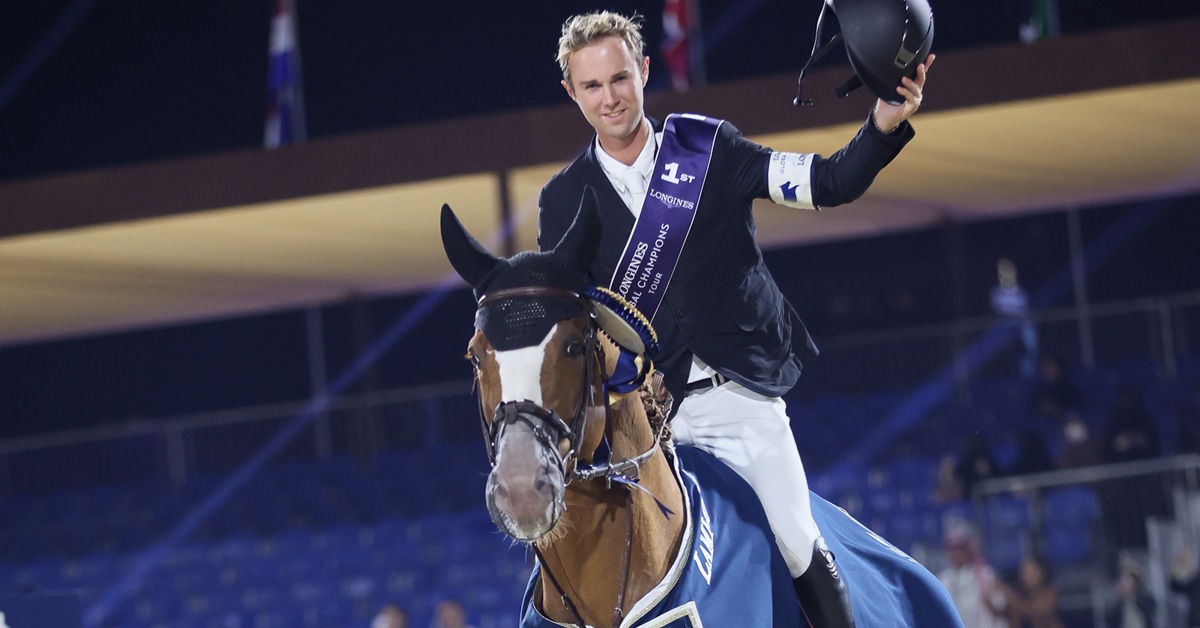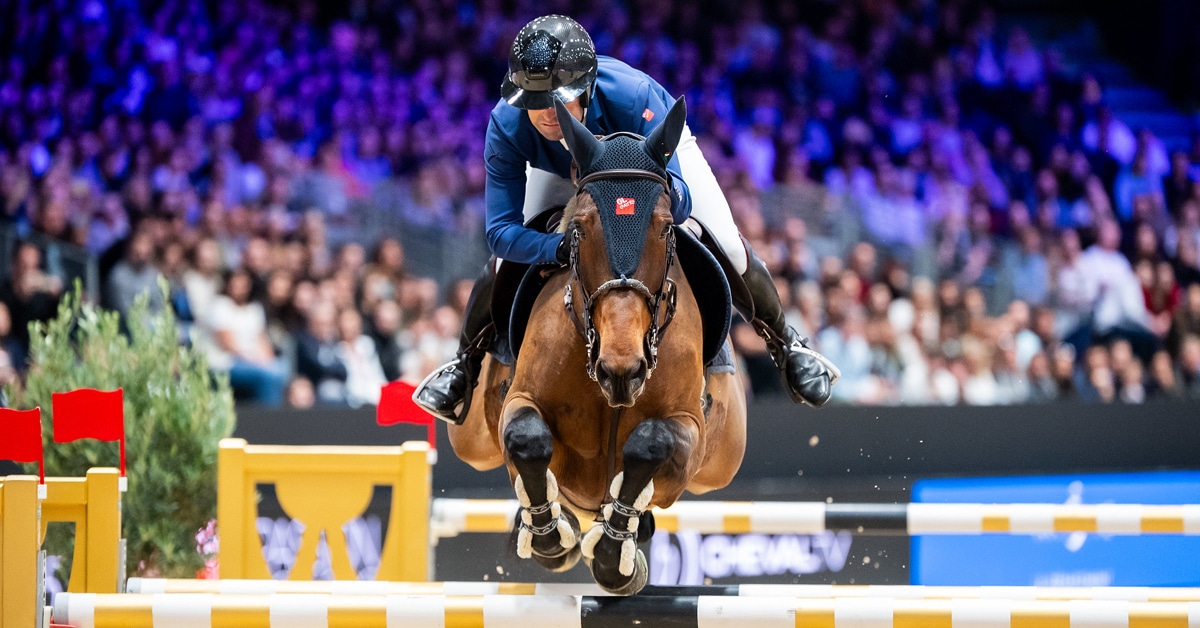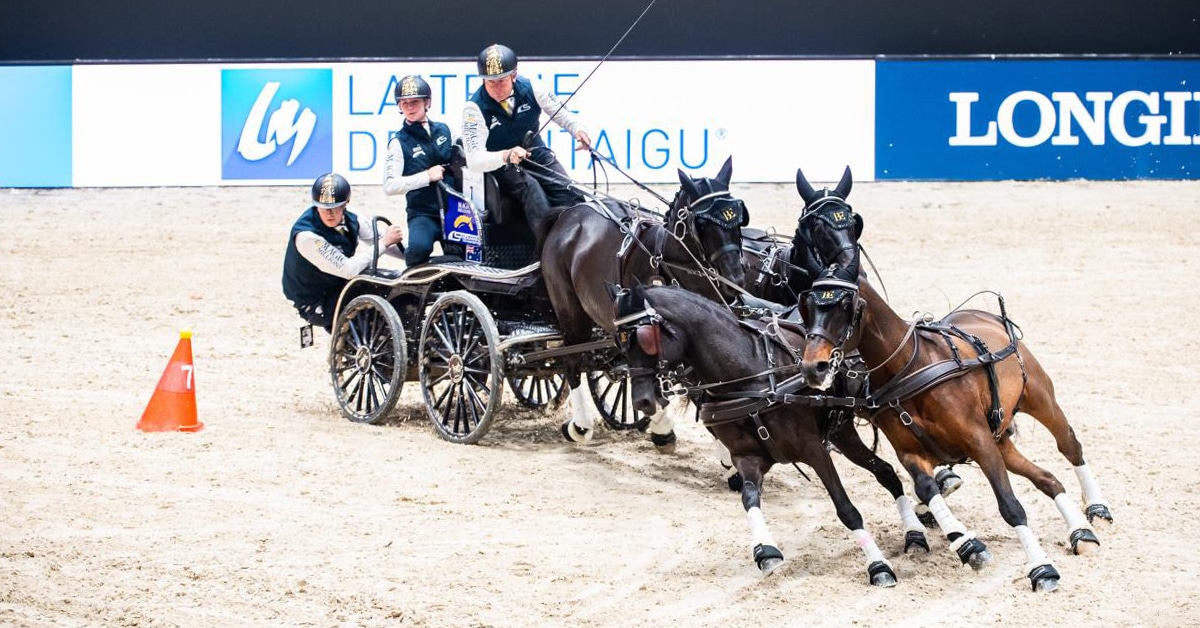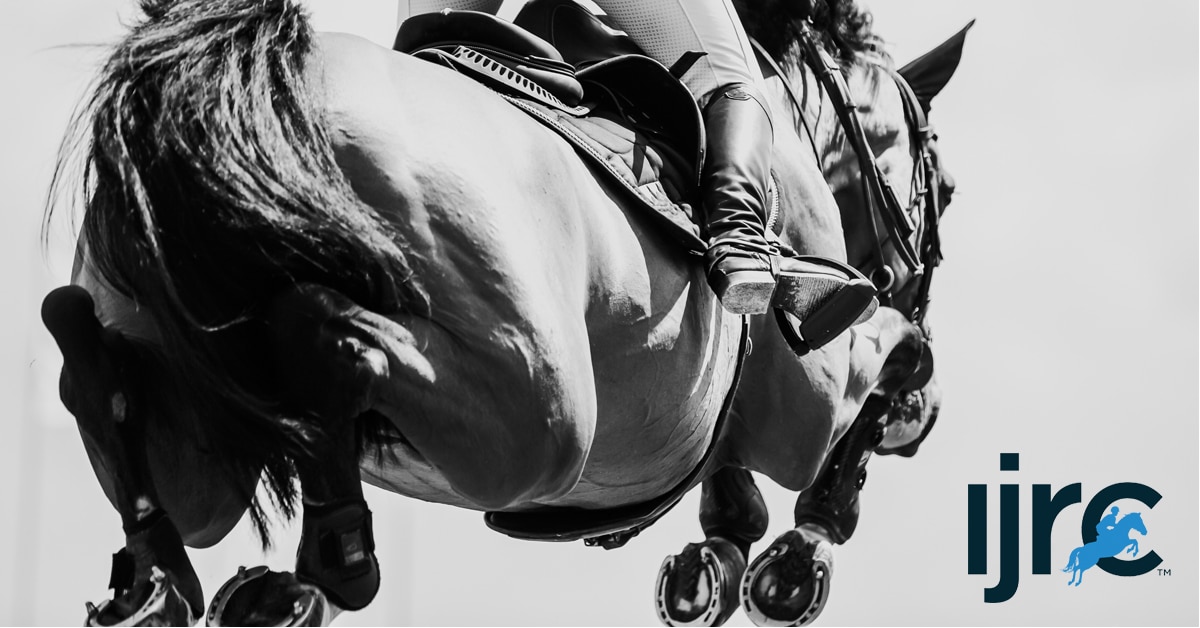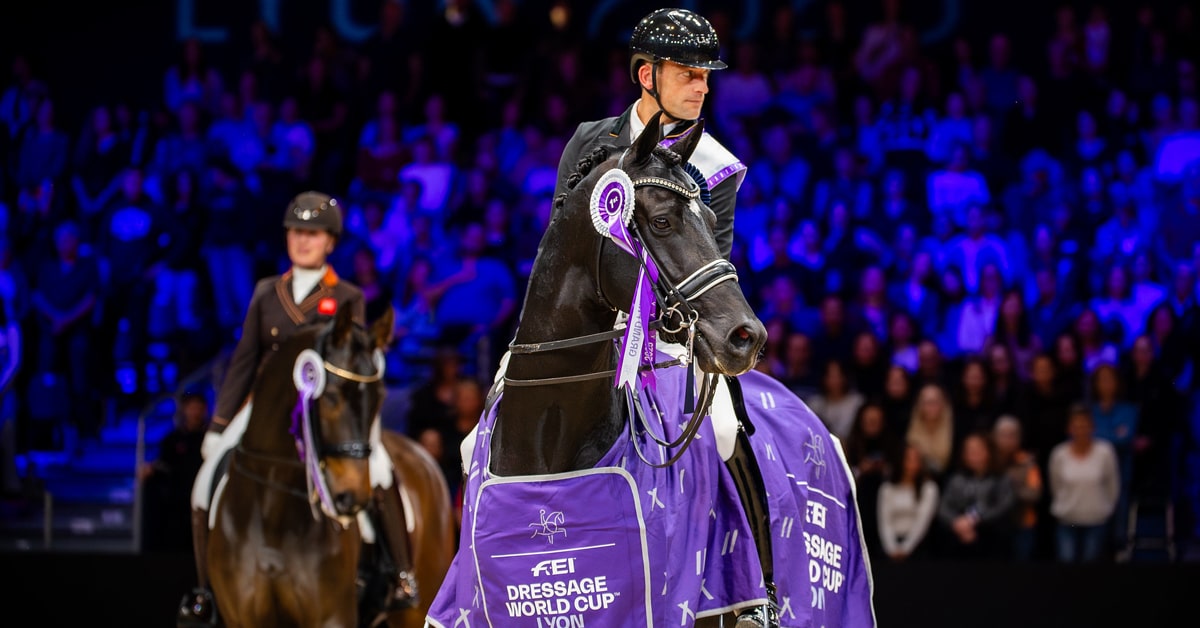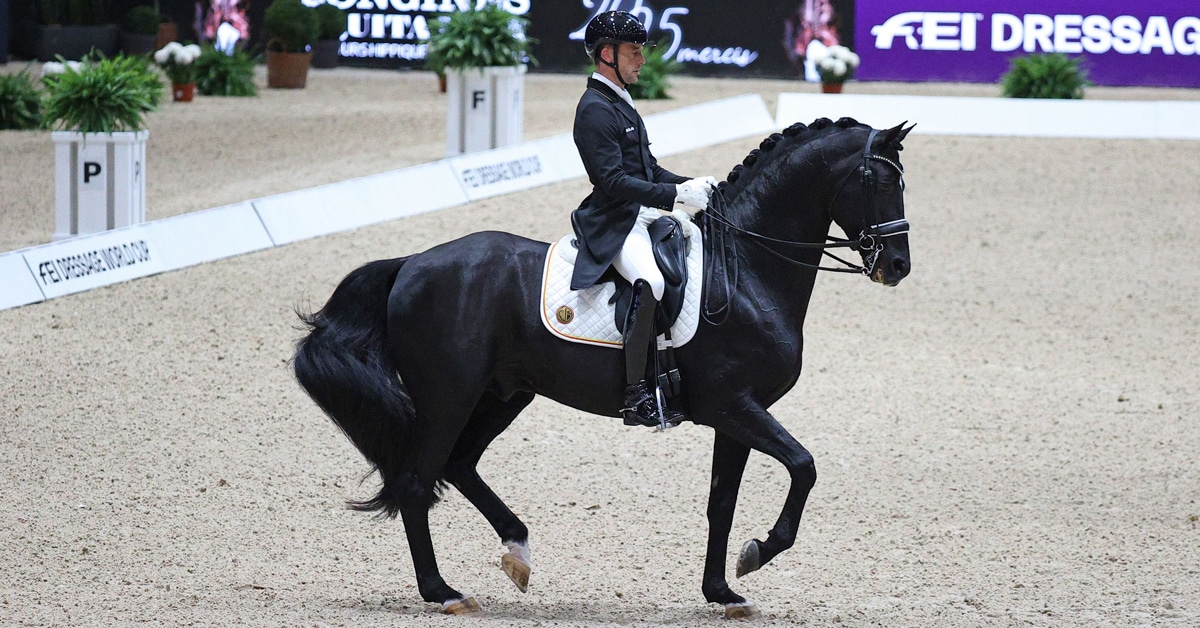Day one of the 2017 Equestrian Canada (EC) Annual Convention opened in a big way on April 7, 2017, with delegates participating in a three-part series on organizational change and alignment around Building a Unified Canadian Equestrian Community, before wrapping up the day by discussing the path to a thriving Canadian equestrian competition system in the Leading Competitive Excellence Panel.
Delegates Define Challenges, Opportunities & Solutions for a Strong Equestrian Community
Internationally renowned speaker and consultant, Victor Rosansky, kicked off the day with a Keynote Address that provided delegates with fresh insights on breakthrough advances from the neurosciences that are critical to making personal and organizational change, and how they can be applied to benefit EC and the entire Canadian equestrian community.
“I spent time interviewing about 20 people from all over the organization – the Board, the provinces, the disciplines,” Rosansky said during his opening address to the delegates. “And, I’m still here. So that tells you that the kinds of things I was hearing were constructive. They might have been focused on things that need to work better, but also some things that are working well.”
Rosansky continued, “Having spent probably over 25 years as a consultant, seeing every kind of organizational malady that you can imagine – I can say that this organization is not so different from most other organizations. The kinds of issues you face in many cases are structurally-caused, not just people-caused. Because of the way you are organized into different constituencies and different stakeholder groups, you will find different kinds of dynamics that occur naturally.”
“There are some interesting challenges that you have, but there are very viable solutions in front of you,” he added.
Next, Rosansky led a dynamic Workshop on Building a Unified Canadian Equestrian Community that engaged delegates in discussion and deliberation on the most important issues facing the equestrian community, and more importantly, how the community can address these issues and become stronger for it.
“The ability to connect dots is what alignment is about,” he explained. “When I say connect dots, I mean talking about strategies, people, customers, processes – those are the little pieces, the elements. Alignment is about connecting the elements in a way which fosters a growth mindset.”
After taking the delegates through exercises that included identifying the elements, Rosansky and EC CEO, Eva Havaris asked the participants to provide input on the most important areas the equestrian community needs to improve as a starting point to alignment. The areas identified by delegates included:
- Accountability – Identifying roles and responsibilities among organizations and stakeholders across the equestrian industry
- Trust
- Serving existing customers well to lay the foundation to grow participation
- Effective change management
Discussion was then directed toward the number one priority for immediate focus. After deliberation, accountability was put forward.
“I think for a long time, the big question has been, ‘who does what, and who is responsible,’” Craig Collins, a competition organizer through Equestrian Management Group and an EC Category A Member commented during the Workshop. “Really what it boils down to is the division of requirements, and who does what. If we could answer that question, it would make a huge difference, I think.”
To wrap up the series, a diverse panel of key stakeholders led a discussion on the takeaways of the day. The panel consisted of Sonia Dantu, Executive Director of the Alberta Equestrian Federation (AEF), Melanie Barham, DVM, EC Health & Welfare Co-Chair and University of Guelph Animal Health Network Coordinator, Clive Milkins, EC Para-Equestrian High Performance Technical Leader, Shirley Pederson, FEI and National Steward, and Dr. Rob Stevenson, FEI Safety Officer and EC Eventing High Performance Committee Chair.
Comments on key takeaways, as discussed by the panelists and delegates included:
“The knowledge in this room, the passion, the belief in humans and horses, the honesty that everybody spoke with this morning; the fact that people believed in this being a safe environment where they could talk freely, means that change is difficult. But, if you do what you’ve always done, you’ll get what you’ve always got. And I very much believe that we’re coming to the end of a clearly turbulent, stressful time.”
– Clive Milkins
“When I heard people talking today, it sounded like there were some commonalities that we can choose to move forward. But something has to get done. You have to take your hat off at the door and not be here for yourself. You have to look at the 100,000 people we take care of and ask yourself, what do they want, what do they need, and what can we deliver to them – instead of just continuing to talk about it, or hashing things out. The negativity has to go away and we need to do something now, today. We have to understand that we won’t make everyone happy, but that we have to focus on the same goals and get something done.”
– Sonia Dantu
“I agree that we have to focus on a few things that everyone can agree on. I think each of us has an organization that we work with, or a group that we have to answer to or are a part of, but are there overriding things that you think we can all get behind? Can we all agree that we need to increase participation in equine sport? Can we all agree that we want horse welfare to be upheld? Whatever those might be, we can pick a few top things, but then we have to find a way that each of us can contribute into that greater goal, while meeting our own group’s needs. I think that’s an effective way to make this big, national, multi-faceted group work together.”
– Melanie Barham
Leading Competitive Excellence Panel Shines Spotlight on the Future of the Equestrian Sport System
To close out day one of the EC Annual Convention, delegates took part in the Leading Competitive Excellence Panel, facilitated by Dina Bell-Laroche, a partner of the Sport Law & Strategy group who has over two decades of experience in the Canadian sport industry in a variety of areas, including law, communications, governance and business planning.
In order to encourage an informed and productive discussion, EC CEO, Eva Havaris kicked off the panel session by providing insight into the background of the comprehensive audit and improvement project conducted for the National equestrian competition system in Canada.
In May 2016, EC was granted funding through the Canadian Olympic Committee (COC) National Sport Federation Enhancement Initiative specifically for an audit of the governance and administration of sanctioned equestrian competitions in Canada.
Under the leadership of the previous Board, EC commissioned Mushroom Cloud, an independent third-party, to complete the audit and meet the following objectives in 2016:
• Collect feedback from key constituents, including competition organizers, officials, athletes, and coaches.
• Benchmark the administration and governance aspects of Canada’s sanctioned competition system against other comparable national equestrian federations, including US Equestrian, Equestrian Australia, the German Equestrian Federation (FN), and the Dutch Equestrian Federation (KNHS).
• Benchmark the administrative and governance aspects of Canada’s sanctioned competition system against other Canadian national sport organizations with comparable metrics (i.e. similar number of competitions, multi-discipline sport structure).
Following four months of research and analysis, Mushroom Cloud presented their final report to the EC Board and Provincial/Territorial Sport Organizations (PTSOs) in November 2016.
Recommendations from the final report are now being analyzed and discussed with stakeholders in order to collaborate on the next steps to reach the following goals:
• Reorient to ensure athlete development is at the forefront.
• Simplify the process to make it easier for volunteers and other key stakeholders to engage with EC.
• Digitize and automate.
• Create a unified front with the Provincial/Territorial Sport Organizations (PTSOs) to eliminate duplication and divide roles to align with organizational responsibilities.
Following Havaris’ presentation, a distinguished group of panelists from within the Canadian equestrian community and the broader sport industry weighed in on what it takes for Canada to improve, strengthen and grow the equestrian competition system. The panel consisted of Lorraine Lafreniére, CEO of the Coaching Association of Canada (CAC), Tania Vicent, Canadian Olympian and Canadian Olympic Committee (COC) Manager of Team Services, Cara Whitham, Equivents Inc. owner and president and FEI 5* Dressage Judge, Laura Tidball-Balisky, Canadian Olympian and High Performance Coach, Dr. Susan Thompson, Competition Coach Specialist and Coach Evaluator, and Jon Garner, EC Director of Sport.
As the facilitator, Bell-Laroche posed questions to the panel and delegates, including:
• How do you define competitive excellence?
• What are some of the biggest opportunities that are presenting themselves that will have a significant impact on our ability to be a world-leading competitive equestrian nation?
• What are some of the risks if we don’t begin to shift our approach?
Key topics inspired by the questions included creating a more welcoming and service-driven atmosphere at stables and competitions, taking advantage of resources and learning opportunities from other sports, and utilizing mediums such as social media to increase communication, dialogue and storytelling in order to make equestrian sport more accessible to the general public.
Comments from the panelists included:
“I think it’s important to make sure we are creating a culture of the service industry within our own businesses. Sometimes at horse shows, I don’t feel very welcome on the property – and I’m a competitor! I know that in our business, we really hold up the culture of the service industry very high and followed quickly behind that is the business part of it. I think we need to really encourage our coaches, stables, and competition management that we are a service industry.”
– Laura Tidball-Balisky
“For me, as an athlete, competitive excellence was about more than winning and getting to the podium. It was about being accountable to my coaches and my national sport federation (NSF). It was about keeping a training log and training every day. It was about how I ate, and how I slept. It was about the kind of leader I wanted to be, and the legacy I wanted to leave in the sport. What did I want my teammates and NSF to think about me when I left the sport?”
– Tania Vicent
“I feel that we have primary focus for our competitive excellence on athletes, coaching, competitions and officials. The major components, or fundamentals, of achieving competitive excellence are achieving professional excellence, relational excellence, and personal excellence. Competitive excellence is when the effectiveness of one’s resources is maximized.”
– Cara Whitham
More News
